Arbol Chili Substitute: Spice Up Your Kitchen Without the Heat!
Table of Contents
- What Is an Arbol Chili?
- Top Arbol Chili Substitutes You Should Try
- Comparison Table: Arbol Chili vs. Alternatives
- Buying Guide for Arbol Chili Substitutes
- How to Use These Substitutes in Your Cooking
- Frequently Asked Questions About Arbol Chili Substitutes
- Conclusion

What Is an Arbol Chili?
If you’ve ever tasted a dish with that unmistakable earthy, slightly smoky heat and a crisp red finish — you've probably encountered an arbol chili. Known for its thin, bright red pods and pronounced spiciness (between 15,000–30,000 Scoville units), arbol chilies are often used dried or toasted to enhance salsas, soups, and sauces.
But what happens when you're in the middle of cooking and realize you don't have any arbol peppers on hand? Or maybe they're too spicy for your taste buds' liking. That's where substitutes come into play. Whether you’re cooking for a crowd or just tweaking your usual recipe, finding the right arbol chili alternative can make all the difference.
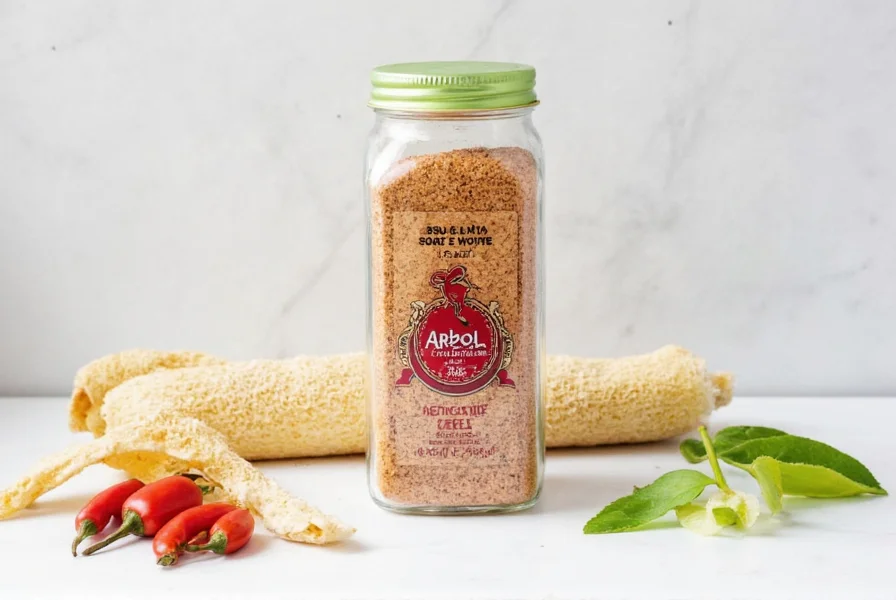
Top Arbol Chili Substitutes You Should Try
Fear not! There are plenty of alternatives out there that can match the flavor — or at least give it a solid run for its money. Here are our top picks:
- Cayenne Pepper: For heat lovers, cayenne is your best friend. It’s got a similar spice level and works great in powdered form.
- Serrano Peppers: Fresh, fruity, and with a bit more bite than jalapeños, serranos are perfect if you want a little more kick without going full-blown fire.
- Jalapeño Peppers: Milder but still flavorful, especially when dried and smoked (like chipotles).
- Guajillo Chilies: A classic Mexican chili with a moderate heat and rich, tangy flavor.
- Chile de Árbol (Powdered): If you only need a small amount of spice, pre-ground arbol chili powder can be swapped in easily.
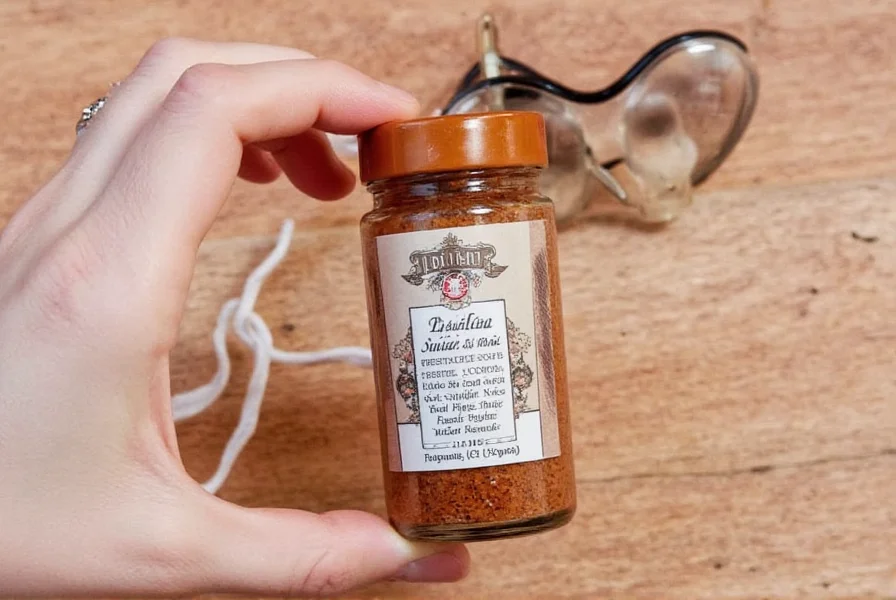
Comparison Table: Arbol Chili vs. Alternatives
To help you choose the perfect stand-in, here’s a side-by-side comparison of arbol chili and its most common substitutes:
| Chili Type | Scoville Units | Flavor Profile | Best For |
|---|---|---|---|
| Arbol Chili | 15,000 – 30,000 | Earthy, nutty, mildly smoky | Hot salsas, soups, oil infusions |
| Cayenne Pepper | 30,000 – 50,000 | Sharp, pungent | Spicy marinades, powders, hot sauces |
| Serrano Pepper | 10,000 – 23,000 | Grassy, citrusy | Salads, salsas, tacos |
| Jalapeño Pepper | 2,500 – 8,000 | Vegetal, smoky (when smoked) | Enchiladas, nachos, mild sauces |
| Guajillo Chili | 2,500 – 5,000 | Berry-like, tea notes | Red sauces, moles, stews |

Buying Guide for Arbol Chili Substitutes
Not all chilies are created equal — especially when you're shopping for them in bulk or online. Here's how to find the best replacements for arbol chilies based on your needs:
- For Maximum Heat: Go for Cayenne Pepper Powder. It’s easy to measure, store, and adds a punch to almost anything.
- For Authentic Mexican Flavor: Guajillo or Ancho Chilies will bring the earthy richness you crave without overwhelming heat.
- For Freshness and Crunch: Serrano or Jalapeño Peppers work great in raw dishes like salsas or garnishes.
- For Smoked Depth: Chipotle Peppers or Smoked Paprika offer a unique depth of flavor that mimics the toasted qualities of dried arbol chilies.
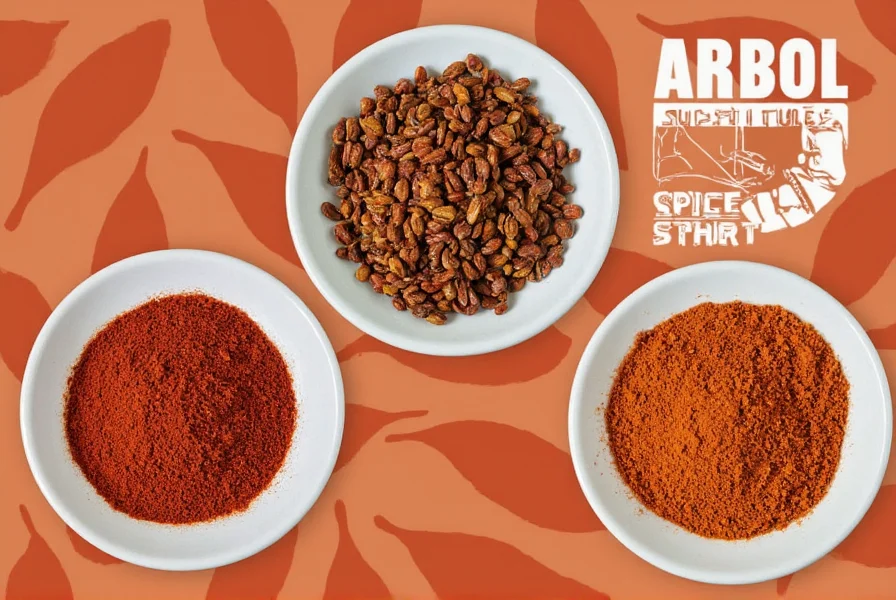
How to Use These Substitutes in Your Cooking
Once you’ve picked your substitute, it’s time to put it to work. Here are some quick tips to get the most out of your swap:
- Rub It In: Rub cayenne or ground guajillo into meats before grilling or roasting for a deep, spicy crust.
- Toast First: Like arbol chilies, many substitutes (especially dried ones) benefit from a quick toast in a dry pan to unlock their oils and aromas.
- Dash of Dried: Use powdered versions sparingly — they pack a punch and blend seamlessly into sauces, rubs, and dips.
- Use Whole: If using fresh chilies like serrano or jalapeño, leave them whole for pickling, slice thinly for garnish, or finely chop into dressings and salsas.
- Balance with Sweetness: Pair chilies with honey, mango, or even lime to balance out the heat and highlight the natural fruitiness.
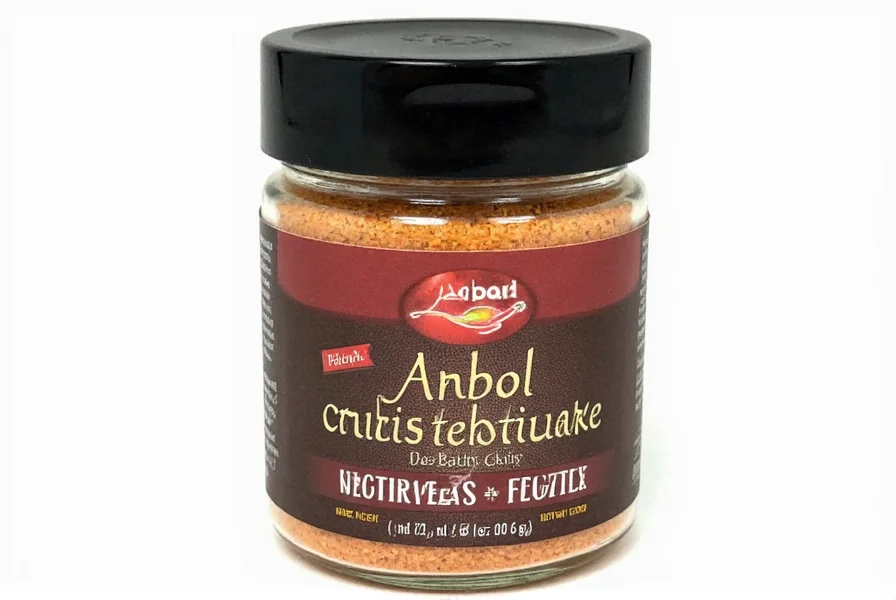
Frequently Asked Questions About Arbol Chili Substitutes
Can I use bell pepper as a substitute for arbol chili?
Nope — bell peppers lack the heat and depth of flavor that arbol chilies provide. However, they can serve as a base in dishes where you add other spices to compensate.
Is paprika a good substitute for arbol chili?
It depends on the type. **Smoked paprika** can mimic the earthy, slightly charred flavor, though it won’t deliver the same heat level unless blended with something spicier like cayenne.
What’s the mildest arbol chili substitute?
Jalapeños (especially when mild and seeded) are your safest bet if you’re looking for gentle heat without losing the chili essence.
Do I need to remove the seeds from my substitute chili?
Yes, especially with hotter varieties like cayenne or serrano. Seeds carry most of the capsaicin, so removing them reduces the intensity without sacrificing flavor.
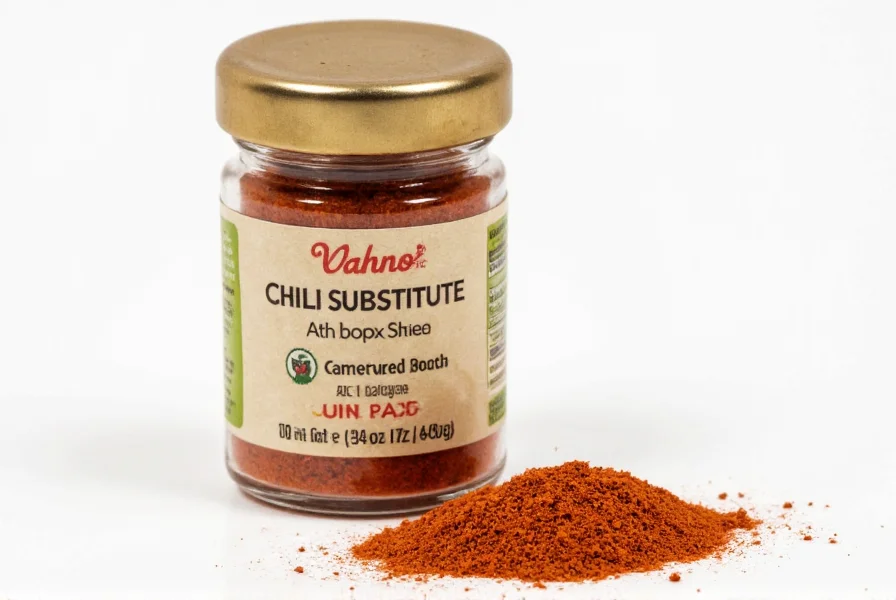
Conclusion
While nothing truly replaces the bold character of an arbol chili, the right substitute can save your recipe and even elevate it in new directions. From fiery cayenne to sweet-savory guajillos, each alternative brings something unique to the table.
So next time you reach for that bottle of arbol chilies and find it empty, don’t panic — grab one of these tried-and-true substitutes instead. Happy cooking, and may your kitchen always be perfectly spiced!
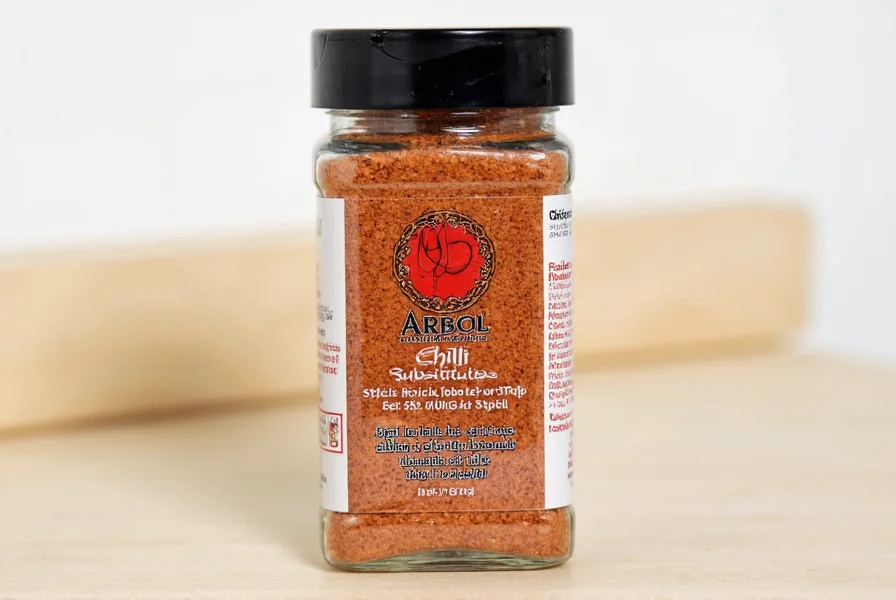

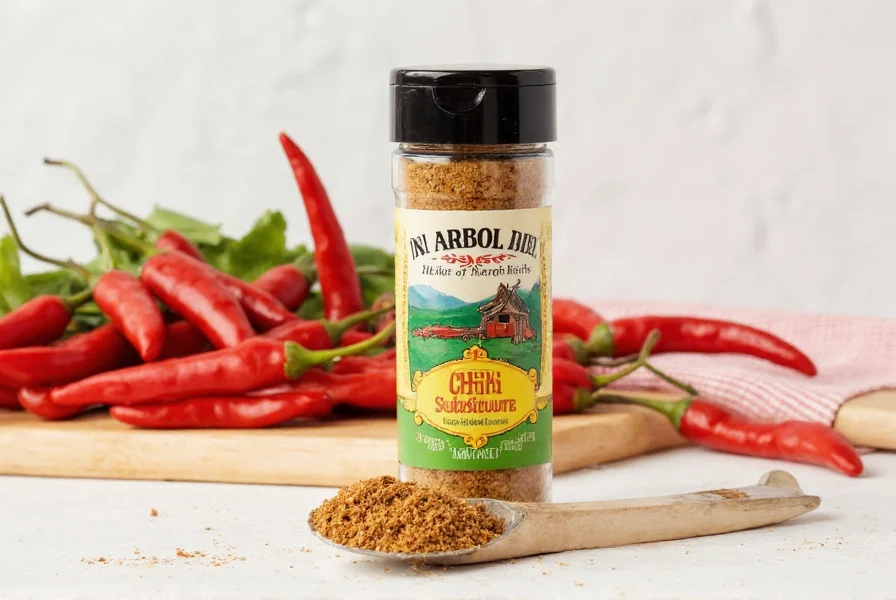









 浙公网安备
33010002000092号
浙公网安备
33010002000092号 浙B2-20120091-4
浙B2-20120091-4